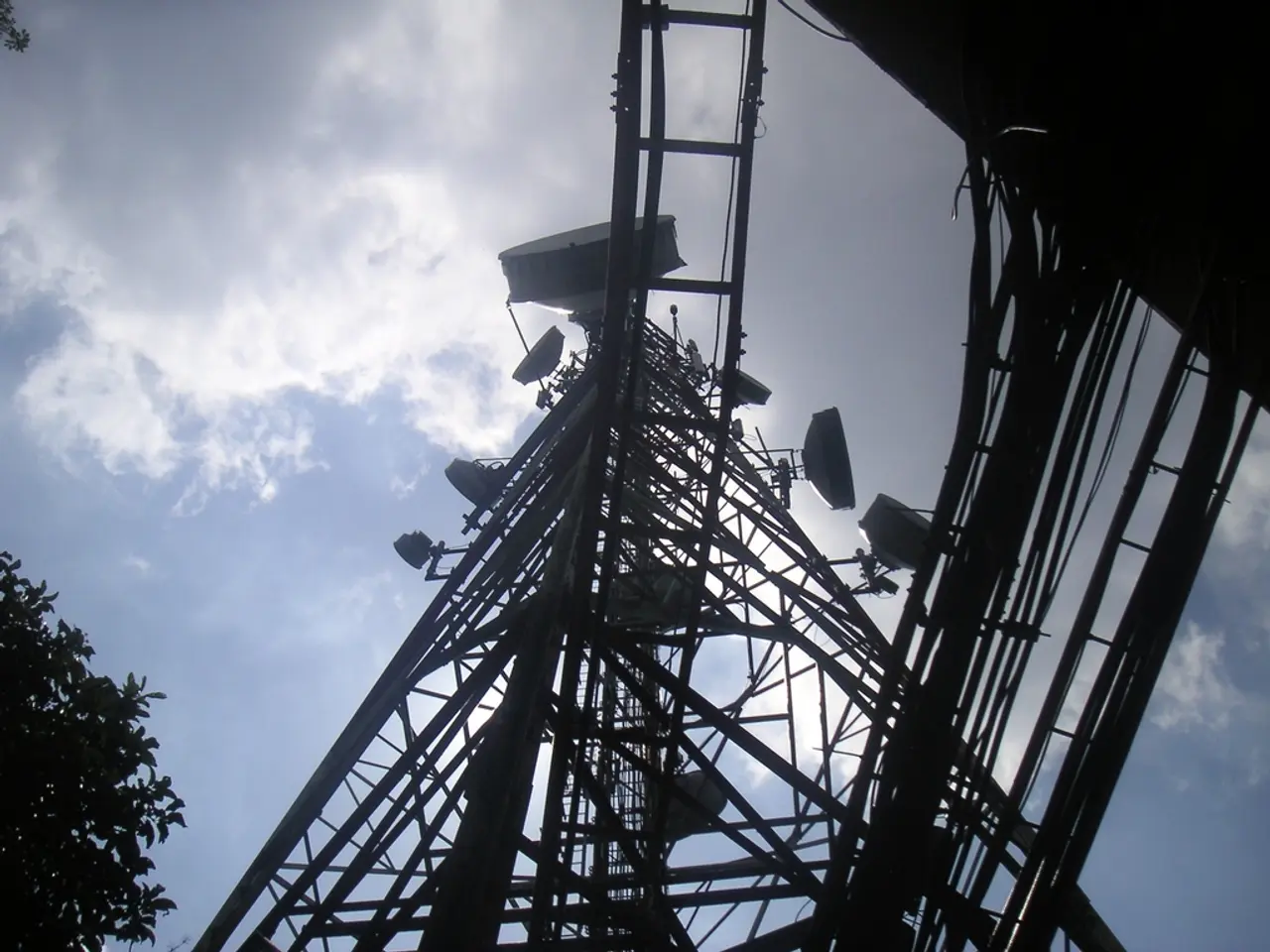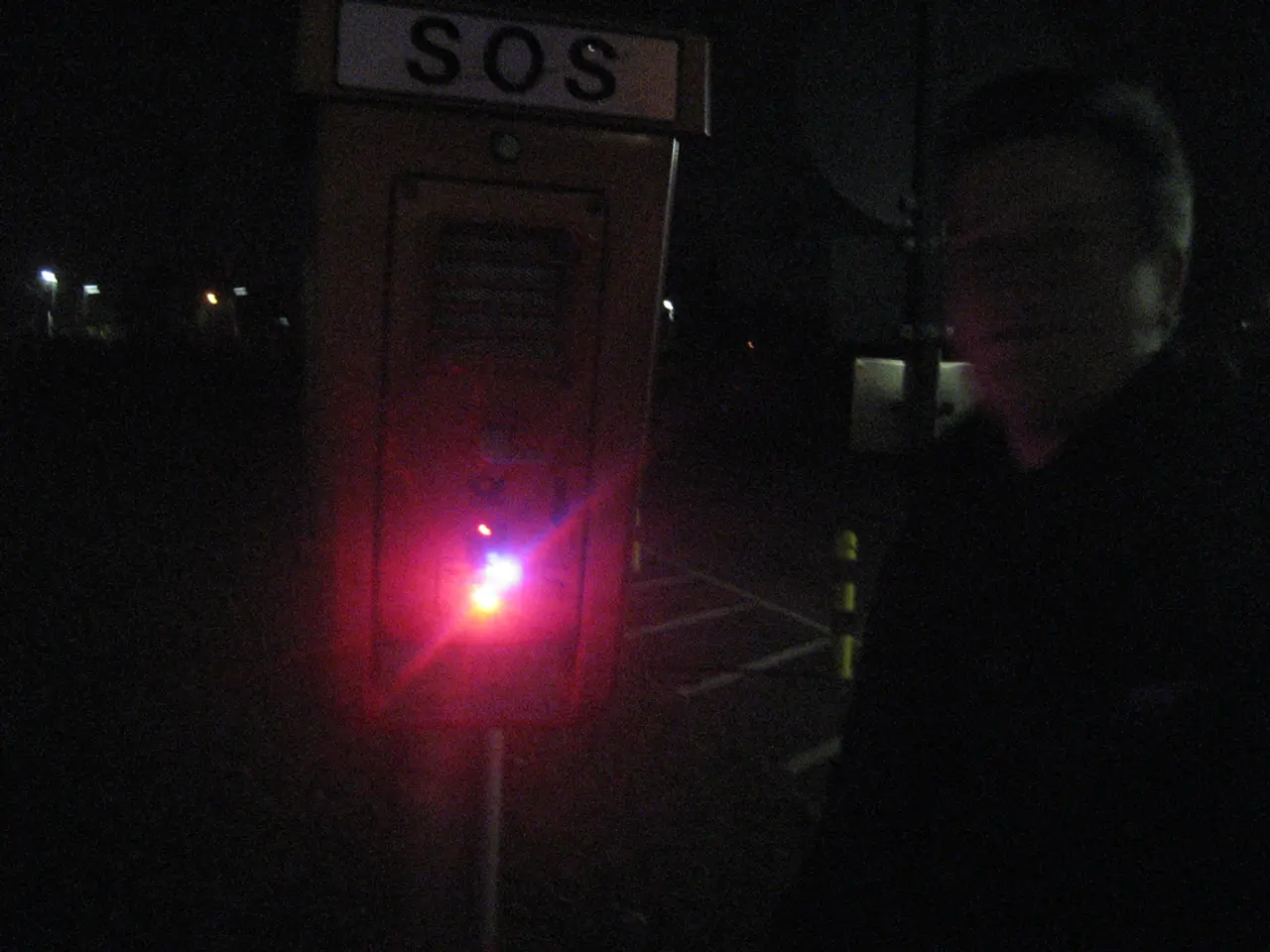SETI's Investigation into Extraterrestrial Life: Insights Gained from the BLC1 Signal Search
In 2019, a significant event took place in the realm of extraterrestrial life search when the Breakthrough Listen Candidate 1 (BLC1) signal was detected by a radio telescope in Australia. The signal, coming from the vicinity of Proxima Centauri, the closest star to Earth, was initially met with great excitement as it was a potential "technosignature," a sign of intelligent life.
The BLC1 signal possessed several intriguing characteristics. It was a narrowband radio signal, a characteristic often associated with technosignatures, exhibited a Doppler shift, indicating movement, and was localized to a specific area of the sky. Moreover, it persisted for several hours, suggesting it might not be a naturally occurring phenomenon.
However, further analysis revealed that the signal was also present in other observations of Proxima Centauri during the same period and even when the telescope was not pointed at the star. This strongly suggested that the signal was not coming from Proxima Centauri itself but was likely due to **radio interference** rather than an extraterrestrial source.
This conclusion was supported by similar signals detected from other targets, including blank sky, which are typical of terrestrial interference. The final analysis of the BLC1 signal marked a reminder of the importance of meticulous procedures and careful analysis in the Search for Extraterrestrial Intelligence (SETI).
The universe is vast, but also quiet, suggesting that if extraterrestrial life exists, it may be challenging to detect. The hunt for extraterrestrial life continues, with more tools and lessons learned along the way. As technologies advance, SETI is well-positioned to continue making headway in the search for alien intelligence.
False positives, such as BLC1, add to our understanding of space and our technology, helping to refine future SETI projects. The saga of BLC1 serves as a reminder of the importance of understanding the limits of our tools in the search for alien intelligence, similar to the importance of understanding AI's bias and limitations.
Despite the initial excitement, BLC1 has never been detected again, making it difficult to confirm or deny its authenticity. The possibility of advanced civilizations deliberately producing false "candidate signals" has been raised, but most signals can currently be traced back to Earth or mundane celestial phenomena.
Understanding the limits of our tools is essential in the search for alien intelligence. As we continue to explore the cosmos, we must remain vigilant, meticulous, and open-minded, ensuring that every signal is scrutinized, analyzed, and, in the vast majority of cases, dismissed as noise. The search for extraterrestrial life is a journey of discovery, one that requires patience, persistence, and a keen eye for detail.
- The BLC1 signal, initially thought to be a potential "technosignature" from Proxima Centauri, was later discovered to be more likely a result of "radio interference" due to similar signals detected from other targets, reinforcing the importance of understanding the limitations of our tools in the Search for Extraterrestrial Intelligence (SETI).
- In the realm of SETI, advancements in "technology" empower us to continue making headway in the search for alien intelligence, while also teaching us valuable lessons about false positives, similar to the realization that the BLC1 signal was a mere Earth-based interference, not an extraterrestrial "space-and-astronomy" phenomenon.




